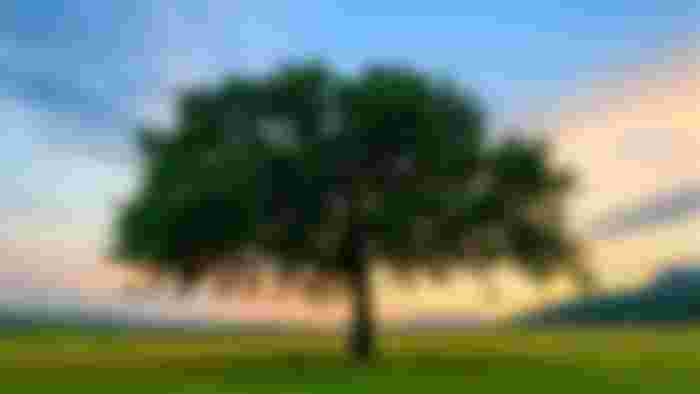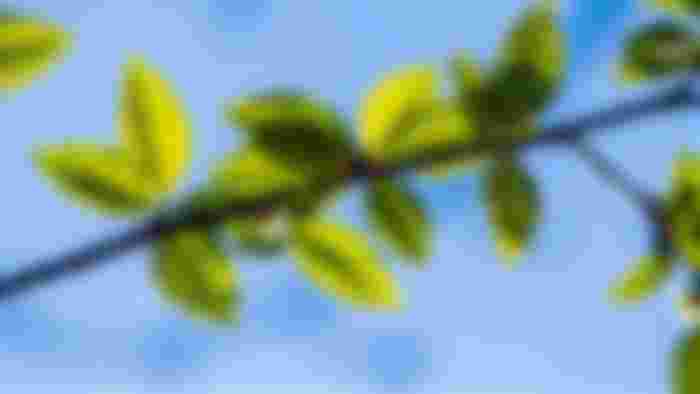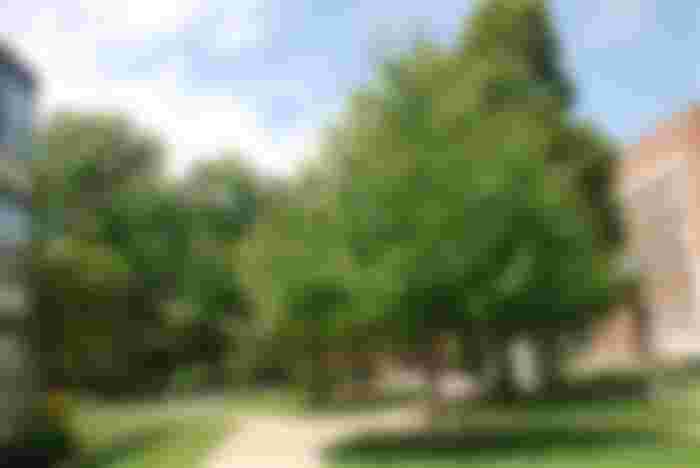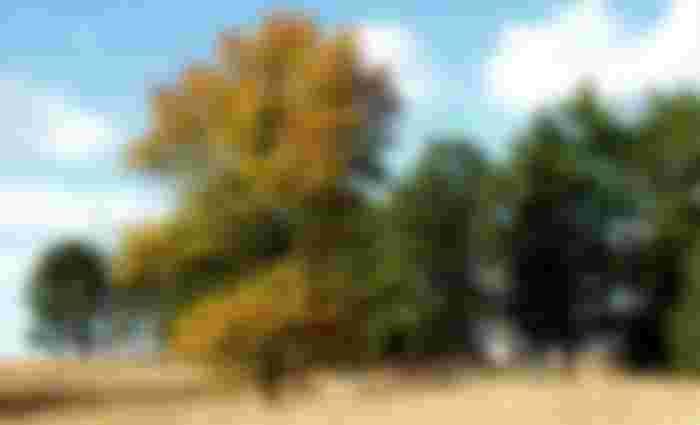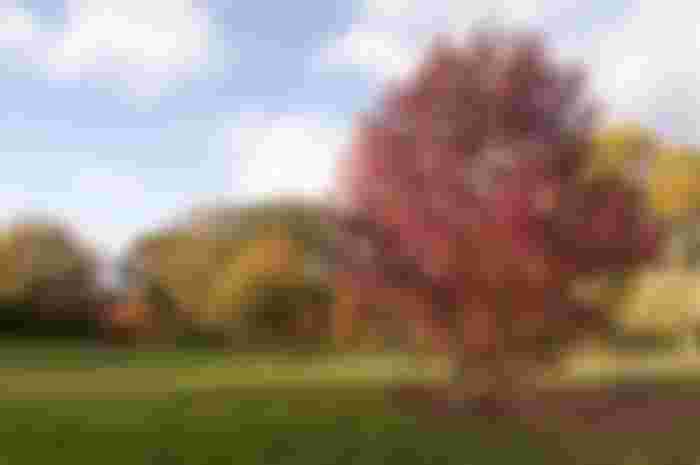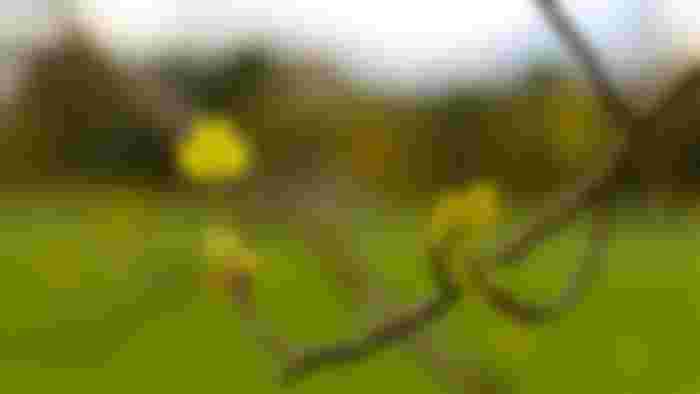Quaking Aspen

If there were a Guinness Book of World Records for trees, the quaking aspen would be in it – several times. First, it has the widest natural range of any tree in North America, spanning 47 degrees of latitude (equal to half the distance from the equator to the North Pole), 110 degrees of longitude (nine time zones) and elevations from sea level to timberline. It is also the largest living organism, growing in clones that reproduce primarily by sending up sprouts from their roots. And as far as the oldest … a clone in Minnesota has been estimated to be thousands of years old!
It is not a tree for all places. But planted in the right location, the quaking aspen is a delight of color, movement and sound.
Zones 1-7

2. Northern Catalpa
This is a tree that demands your attention. White, showy flowers. Giant heart-shaped leaves. Dangling bean-like seed pods. Twisting trunk and branches. How could you not stop to take it in? And with all of these unique features, the northern catalpa is popular with kids as well.
While not ideal for every location, this unique and hardy tree is a fast grower that finds a home in parks and yards throughout the country.
Zones 4-8
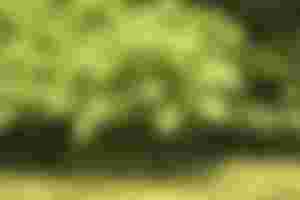
10 Drought-Tolerant Trees That Will Throw Shade
3. Hackberry
The hackberry, while often forgotten by casual consumers, is commonly heralded by tree experts as “one tough tree.” Found on a wide range of soils east of the Rockies from southern Canada to Florida, these trees thrive in a broad span of temperatures and on sites that vary from 14 to 60″ of annual rainfall. They can even stand up to strong winds and tolerate air pollution.
All of this hardiness adds up to a good landscape choice, particularly if you’re looking for an energy-conserving shade tree that doesn’t require watering.
Zones 3-9
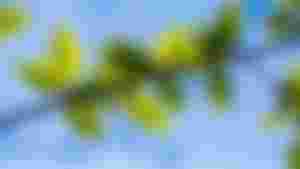
Known as one of the best red maple cultivars, this tree delivers on color. Winter buds, clusters of small winter/spring flowers, leaf stems, twigs and winged summer fruits all carry a red hue. And of course, the fall show is breathtaking, with red and orange leaves blending to give a sunset effect.
The lovely red coloring, a good branch structure and a faster growth rate make the red sunset maple a welcome enhancement to any yard or public space.
Zones 4-8

5. Silver Maple
Silver is definitely the right word to describe this maple. With even a light wind, the tree produces a lovely shimmery effect thanks to the silvery undersides of its leaves. The bark, too, is silver in color, particularly when the tree is young. But believe it or not, the lovely silvery nature of this tree is not its biggest draw.
Fast growth has become the name of the game in the world of landscaping, and the silver maple is a champ in this department. If you have the space to accommodate its large size and wide-spreading root system, you’ll be rewarded with quick shade.
Zones 3-9

Tree Planting: How to Choose the Right Planting Site
6. Northern Red Oak
The northern red oak has been called “one of the handsomest, cleanest, and stateliest trees in North America” by naturalist Joseph S. Illick, and it is widely considered a national treasure. It is especially valued for its adaptability and usefulness, including its hardiness in urban settings. This medium to large tree is also known for its brilliant fall color, great value to wildlife and status as the state tree of New Jersey.
Whether you’re selecting a tree to plant in your front yard or out on the farm, it’s a fast-growing species worth keeping in mind.
Zones 3-8

“The pin oak pleases me for reasons I cannot wholly explain,” wrote nature writer Hal Borland in A Countryman’s Woods.
But homeowners and city foresters are pleased with this tree for very specific reasons: strong wood; dense shade; tolerance of many soil conditions, heat, soil compaction and air pollution; free from most major pests; pleasing to the eye in all seasons; and easy to plant. Needless to say, this faster-growing oak is a common sight in yards, along streets and throughout parks.
Zones 4-8

8. Sawtooth Oak
The sawtooth oak is an attractive and durable shade tree that adapts to a wide range of soil and climate conditions. The leaves add to the visual interest—opening a brilliant yellow to golden yellow color in the spring, turning dark lustrous green in summer and yellow to golden brown in the fall. Its wide-spreading habit also provides great shade.
Add in the fact that it grows at a fairly fast rate, and you have a truly valuable landscape tree for almost any yard.
Zones 5-9

9. American Sweetgum
The American sweetgum—with its star-shaped leaves, neatly compact crown, interesting fruit and twigs with unique corky growths called wings—is an attractive shade tree. It has become a prized specimen in parks, campuses and large yards across the country.
If you’ve got the space and are looking to add some fall color, this tree is a sure bet. The glossy green leaves turn beautiful shades of yellow, orange, red and purple in the autumn.
Zones 5-9

One can argue about whether the “tulips” are the outline of its leaves or its cup-shaped flowers. But both undoubtedly contributed to the fanciful name given to this tree by early settlers. And the tuliptree is still beloved for its beauty today, serving as the state tree of Kentucky, Indiana and Tennessee. It is the tallest of the eastern hardwoods—and a rapid grower when conditions are right.
If you’re looking for a stunning tree that grows quickly and doesn’t suffer from many pest problems, your search is over.
Zones 4-9

11. Weeping Willow
This graceful giant is known for its open crown of wispy, ground-sweeping branches and long, slender leaves. Often seen as one of the first indications of spring, the weeping willow’s yellow twigs and green foliage appear early in the season—sometimes as early as February.
The tree is easy to grow and quick to take root, reaching heights between 30′ and 40′ and nearly the same in width. It lends itself well to planting singly or in small groves near the edge of ponds, lakes and rivers.
Zones 6-8

12. Hybrid Poplar
Populus deltoides x Populus nigra
Hybrid poplars are the thoroughbreds of the tree world. Their claim to fame is speed, with vertical growth of 5–8′ per year not being uncommon. This cottonless hybrid can be harvested for firewood in five to seven years, making it a sustainable source. It also works well for visual screens and hillside or sand dune stabilization. While nice for quick shade, the hybrid poplar should only be planted in landscape where occasional limb breakage is not a problem.
Zones 3-9

